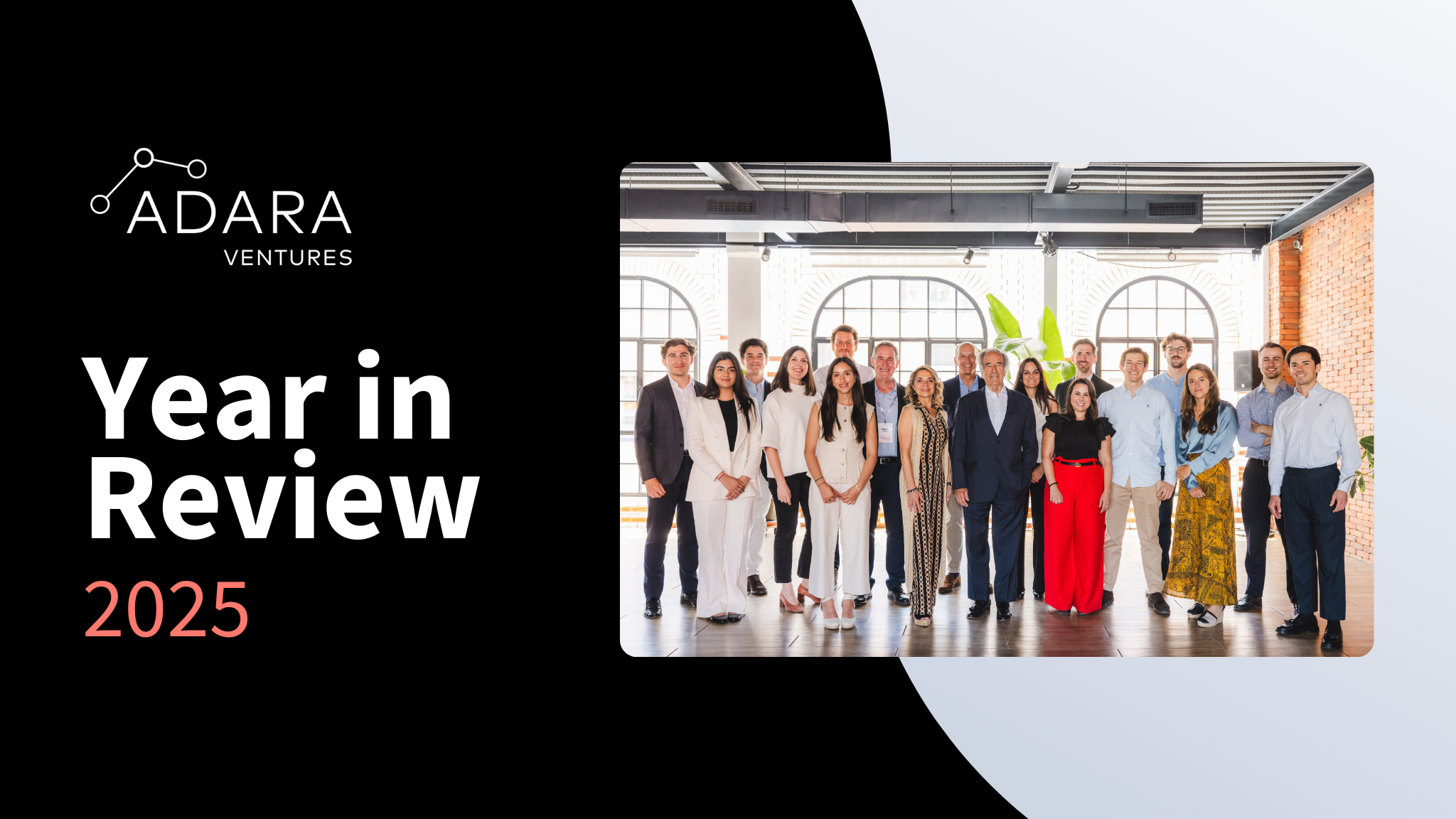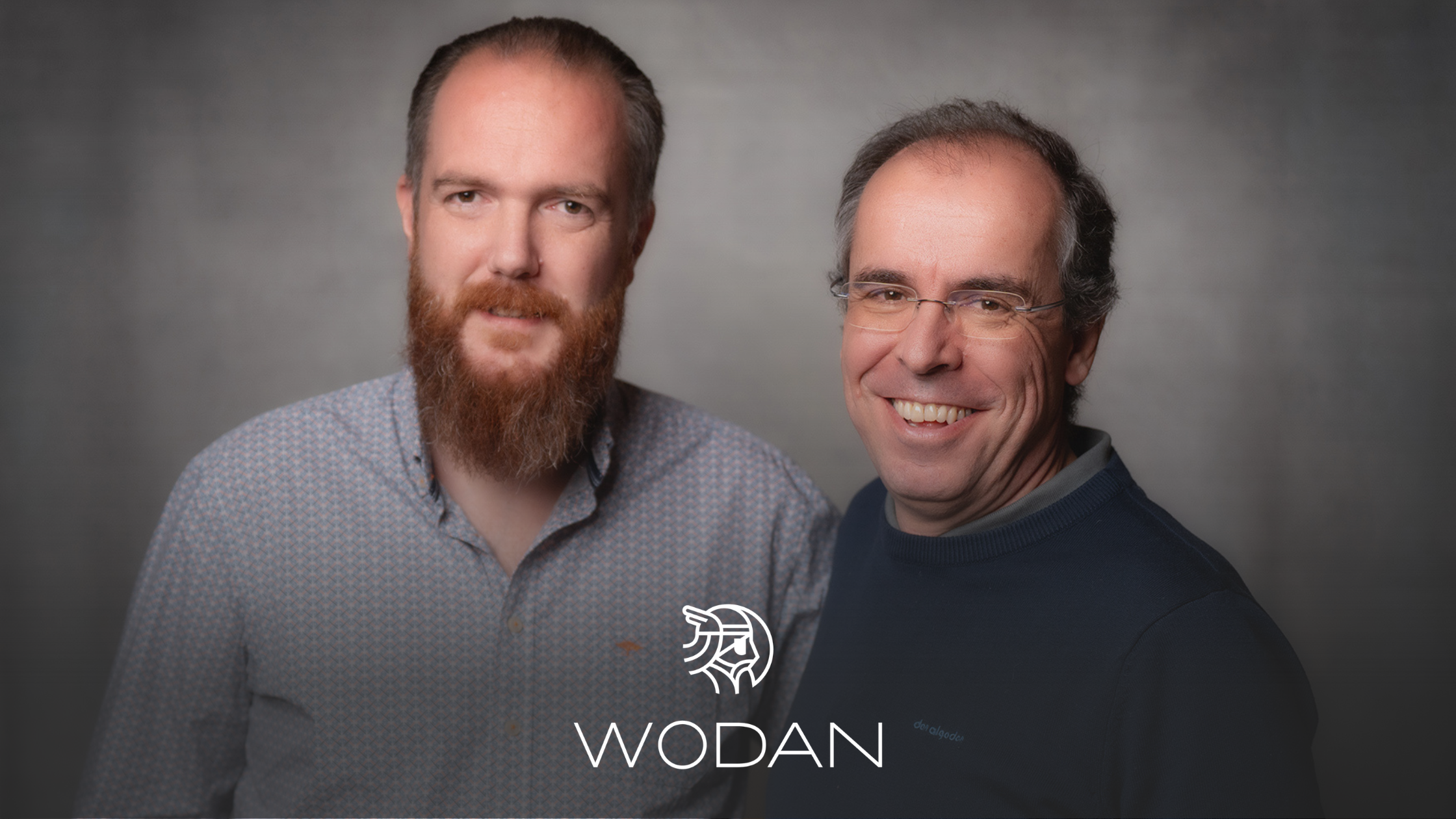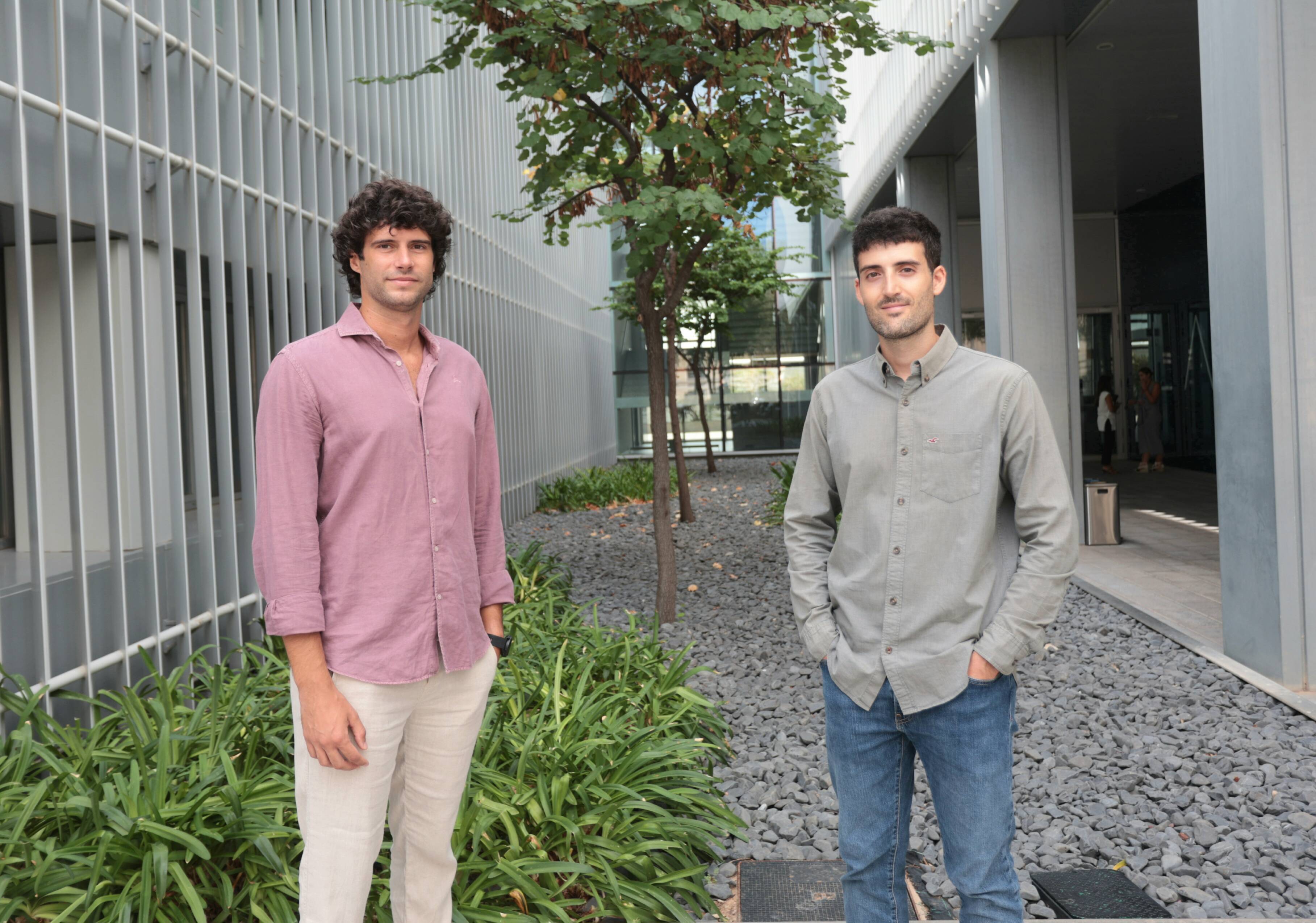Should I stay or should I go? A look at Kompyte’s move to the US
Kompyte, an Adara Ventures portfolio company that is reinventing how companies compete online, has recently completed a redomestication of the company to the US and opened an office in Austin, Texas.
We caught up with Co-Founder & CEO Pere Codina to talk about the move discussing how and why they ended up in Austin.

Tell us a little more about Kompyte.
PC: Kompyte is a SaaS business with a competitor tracking software solution that empowers marketeers and product managers to make better decisions based on market data. We aim to reinvent how companies compete online. We were founded in Barcelona in 2014 and are now almost 30 FTEs with over 80 clients.
Why did the company decide to move to the US?
PC: When we launched, we believed our target clients were typical Spanish and Southern European SMBs and individuals but quickly discovered that our sweet spot customer looked more like a mid-sized Silicon Valley tech startup than a small Spanish professional services firm.
Having predicted a €20/month subscription price point with a low touch on-boarding we saw our acquisition strategy wasn’t going to plan. On-boarding clients in Southern Europe was taking considerably longer than the “low touch” anticipated, with great resistance to the “cheap” €20/month paywall. Our target customers in Southern Europe were slow to pay and even slower to get to profitability. We were, however, seeing growth in a small segment of power users with shared characteristics that bore no resemblance to our original target market.
So who was your new target customer?
PC: Product managers and marketing directors of fast growing technology companies located in the USA were fast becoming power users of the Kompyte software. These users had similar behaviours with promising metrics;
- Cost of Acquisition (CAC) of these users was relatively low as most were discovering Kompyte via remote channels usually through SEO or LinkedIn campaigns;
- these users advanced through the funnel to a free trial x3 times faster than other groups;
- an encouraging number of these users upgraded to the full paid version without ever talking to the Kompyte customer success team.
- over the course of time, we could see that churn was lower amongst this user group than other cohorts.
- These customer signals caused us to shift our focus and we began to conduct experimental retargeting tests to reach this more appealing user group.
Rethinking the customer acquisition strategy
As our new user acquisition strategy started to work we had to take a fresh look at the business and figure out who we really were. Having begun as a Mediterranean software provider servicing SMBs and individuals in Southern Europe, we realised that we were in fact a global competitor tracking solution for some of the tech industry’s most innovative companies.
The results of our experiments told us our new target customers were marketing professionals from the tech industry who were savvy SaaS users and willing to pay a premium. Not only were these new customers quicker and easier to convert, but had a higher willingness to pay a premium for a category leading software. This exciting development created a problem though, as it meant that we would need to completely redesign our customer acquisition strategy in a short space of time.
How did you know when was the right time to move to the US?
PC: After achieving a number of consecutive quarters of growth from this user segment, we knew we needed to be in the US. Successfully getting into the 500 Startups acceleration program enabled our soft landing in San Francisco, where we accelerated sales, and made first contact with relevant VC firms. On completing the 500 Startups program we were certain that the US was our core market and that we needed to be geographically close to the client. We also understood that we would need sufficient resources to be able to open a US office, so set out fundraising for a 12–18mth runway.
Once funding was raised and the re-domestication of the company from a Spanish SL to an American INC was complete, we were ready to make the physical move. After 500 Startups, we initially thought about moving to the Bay Area where we had an established network, but the reality was that our clients were distributed across the US and therefore we began to entertain alternative locations. Following advice from a 500 Startups mentor, we started to consider locations in the middle of the US benefitting from the time zone, being able to reach east coast or west coast clients throughout most of the day.
Due to the thriving startup ecosystem and tech hub that has emerged in Austin, coupled with its lower cost base than top hubs such as San Francisco and New York, we decided it would be the perfect location to attack the US market. Once decided, we moved quickly, securing office space and hiring the first members of the new team.
How did the move impact the business?
PC: I relocated to build and run the team here, which is now 5 people. The main differences are that now I spend even more time on a plane, and we have discovered, with mindful planning, that we are even more productive as a team taking advantage of the time difference between Austin and Barcelona. We basically have someone within the team working across 16+ hours a day.
Any unexpected learnings from the move?
PC: Talent here in Austin has been easier to find and hire than expected, and the team have gelled and got up to speed quicker than anticipated which is great. There is however a noticeable difference in culture between the US and Spanish team; their approach to work, and how they interact with each other. Our goal now is to ensure we can develop a cohesive team, that feels and acts like a team regardless of background and location. Defining our culture has now become a focus as we take the business into this new phase of scale.
Pere Codina is Co-Founder and CEO of Kompyte which he cofounded with Albert Colmenero (COO) and Sergio Ramirez (CTO) in 2014. Pere has been building companies for over a decade. In 2006, he co-founded Cocosoft Barcelona, and launched several Internet platforms for business. Today, hundreds of companies and thousands of users are using tools developed by Cocosoft. Prior to Cocosoft he worked in several Internet, engineering & IT companies.






%20and%20Jacobo%20Peleteiro%20(L).png)


.svg)


